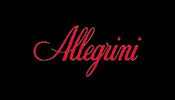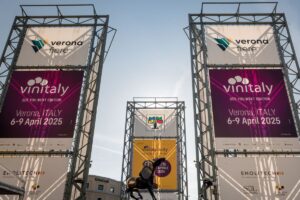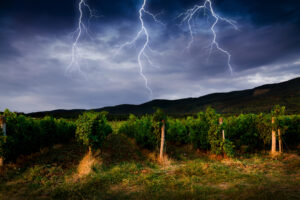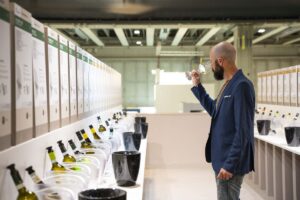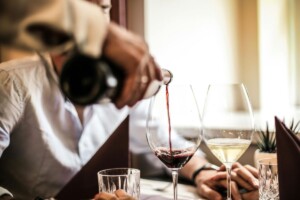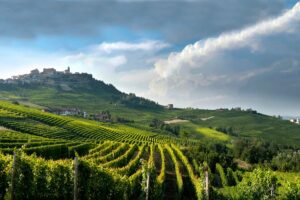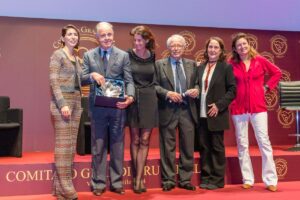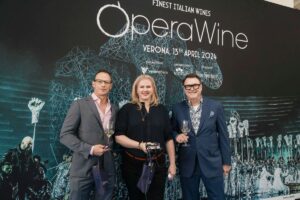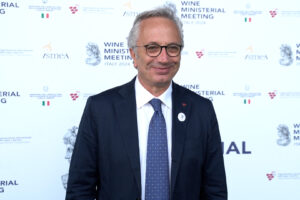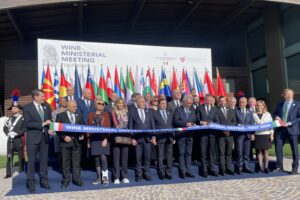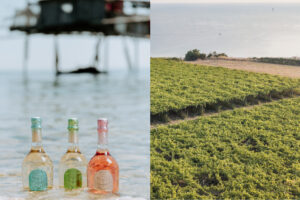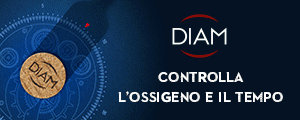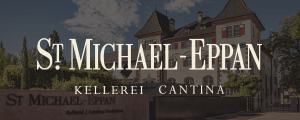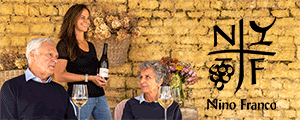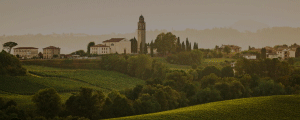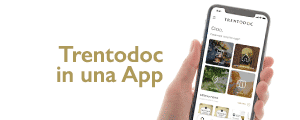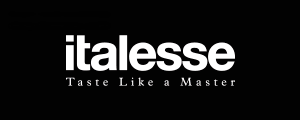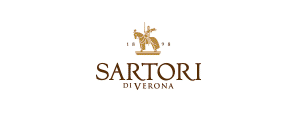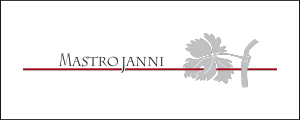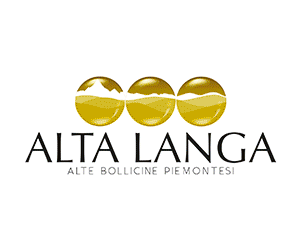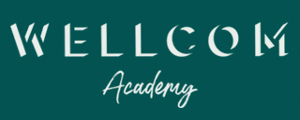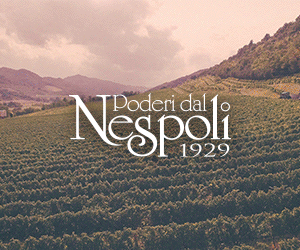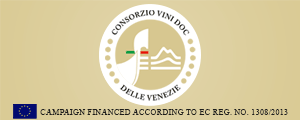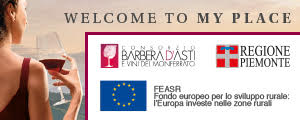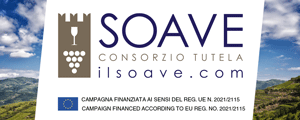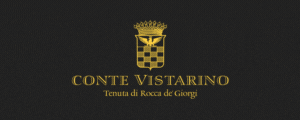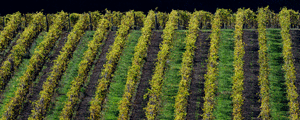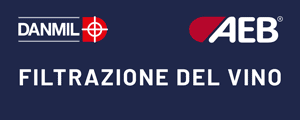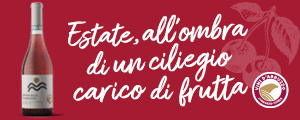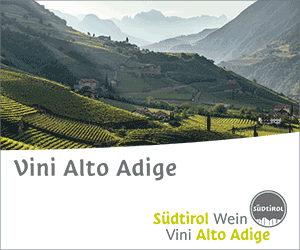When it comes to marketing and promotion, the risk of Englishisms is very real. Yet, expressions such as brand identity or brand equity actually are hiding fundamental concepts also for wine communication, which, as for any other product, have precise rules. It is increasingly linked to the Cluster Identity, to the territorial identity, intended as a single denomination, to which definition, randomly, all companies in a given territory compete, as the study “From the firm’s brand identity to the cluster’s brand identity. A web-based analysis of the Tuscan wineries” conducted by the University of Siena researchers Matteo Devigili and Tommaso Pucci, led by the professor of Economics and Business Administration Lorenzo Zanni, revealed. It is demonstrated by literature (actually not very much) dedicated to brand equity, which is the brand heritage of wine companies, often analyzed in relation to geographical indication, packaging, and wine tourism. However, it ignores an important aspect, i.e., online presence, and narration, chosen by the wineries, to tell the story on the web. This is precisely the focus of the study, which took into consideration the websites of 452 companies of the three most important names in Tuscany, Chianti, Chianti Classico and Brunello di Montalcino, to demonstrate the difference of each one’s strengths and underline the importance of differentiation in the construction of one’s own identity.
How is the brand identity of a wine company structured? The researchers identified three macro categories: “product/process attributes”, i.e., the characteristics of the product (color, grape variety, variety, style, vintage) and of its production process (environment, sustainability); “Locational attributes”, which include the territorial identification (name, location, region, country) and collateral experiences (wine & food, hospitality, photo gallery, estate); “Social attributes”, divided between external approval (awards, press, social networks) and values related to governance (family, innovation, tradition, storytelling). The content of the websites of the companies in the three territories taken into consideration was filtered through these categories and as mentioned, they are very different from each other, in production volumes, recent history and market value. In the end, there were 457 most used words, the fundamental ones in the creation of brand identity, included in the categories listed above.
The result is that there are 4 words with an enormous discriminating power among the three names: “region”, “location”, “production” and “hospitality”. Less discriminating words, in terms of variability, but still important in the identification of the different territories is, “denomination”, “tradition”, “environment and sustainability” and “wine & food”. Non-discriminatory words, because used by everyone, categories such as “characteristics of wine”, “country”, “photo gallery”, “estate”, “awards”, “press”, “social networks”, “family”, “story telling” and “innovation”. The analysis revealed that “Regione” is one of the main drivers that differentiate Chianti from the other two denominations, while “hospitality” is a prerogative concept for Chianti Classico, and “production” and “location” are the two categories more frequently used on the websites of Brunello di Montalcino companies. Then there are less discriminating factors, because they are shared by two territories. For example, Chianti and Chianti Classico are united in their identity by concepts such as “wine & food”, “tradition”, and “environment and sustainability”, while “designation” belongs both to Chianti and Brunello di Montalcino.
It must be pointed out, however, that the majority of words used fall under the category “product and process”, which is the most important aspect when it comes to wine. Production, in terms of marketing, becomes the number one vehicle for communicating quality, while issues that are in a certain sense more current, such as “environment and sustainability” show a decidedly lower percentage of use. The importance of “locality” also emerges, a sign that there are sub-areas and places so traceable to quality that they take the upper hand from more general geographical indications and regions. If the Region functions as an “umbrella brand”, under which all companies stay, the distinction becomes fundamental, and passes as “locality”. Regarding “social attributes”, there is still a strong link between the companies and the “family”, which brings with it the positive value of “tradition”, definitely more relevant than “innovation”. Therefore, as mentioned, the result of a strategy is far from shared among the different actors (companies) of individual Denominations. Brunello di Montalcino has linked its territorial identity to the categories of “production” and “locality”, Chianti Classico has its distinctive character in hospitality, and Chianti focuses strongly on the identification of its Region, Tuscany.
Copyright © 2000/2024
Contatti: info@winenews.it
Seguici anche su Twitter: @WineNewsIt
Seguici anche su Facebook: @winenewsit
Questo articolo è tratto dall'archivio di WineNews - Tutti i diritti riservati - Copyright © 2000/2024



